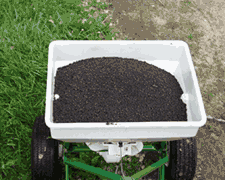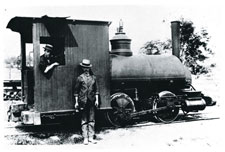| Home |
| About MWRA |
| Water System |
| Sewer System |
| Harbor and Bay |
| School Program |
| Doing Business with MWRA |
| Contact MWRA |
Recycling Wastewater
Sludge into Fertilizer
Massachusetts Water Resources Authority
|
For more information about |
Before 1991, the solids and scum removed during sewage treatment were treated in a very different manner from the way they are today. As part of primary treatment, wastewater is channeled into settling tanks, where heavy particles (sludge) sink to the bottom of the tank. Anything that floats, such as plastics, fats, cooking oils, and sticks, is called scum.
Before the Boston Harbor Project, the sewage solids and floating material was digested–broken down by bacteria – to reduce its volume and oxygen-demanding organic matter. Then, the digested sludge and scum were simply re-combined with chlorinated effluent and discharged into the harbor on the outgoing tide. The sludge-scum mixture from the old Nut Island treatment plant was digested and then pumped to an outfall about 5 miles away off Long Island. This black, smelly substance, adorned with pieces of trash, represented the worst results of the old treatment plants, and the most memorable ones for boaters.
Today, scum is landfilled. Sludge is processed into fertilizer pellets for gardening and landscaping. The days of scum and sludge in the harbor are, fortunately, long-gone.
Updated May 9, 2024

